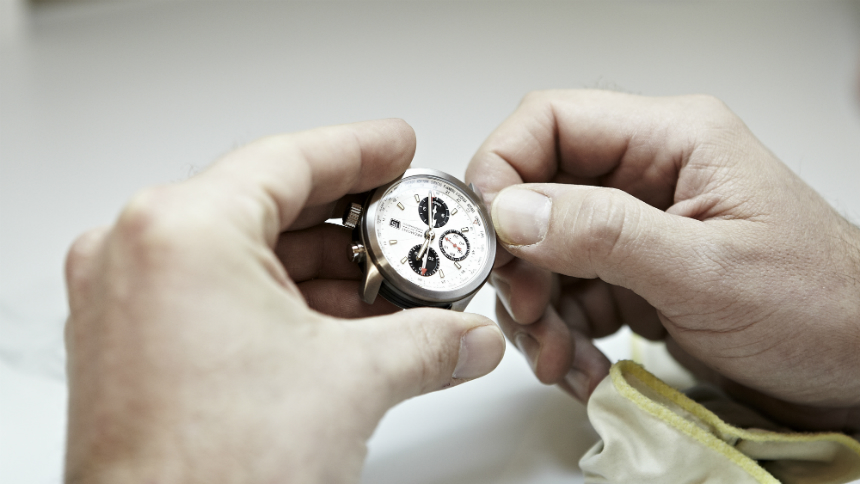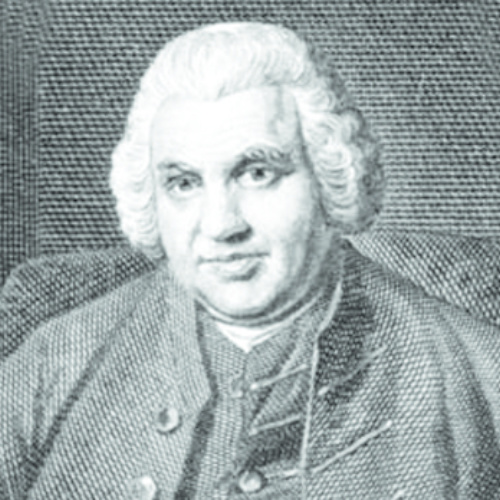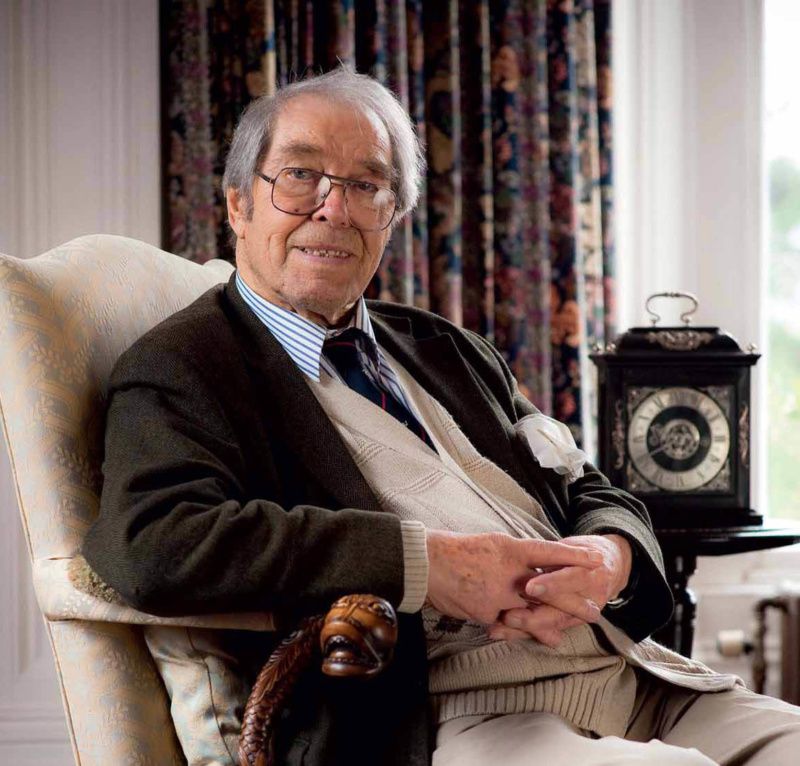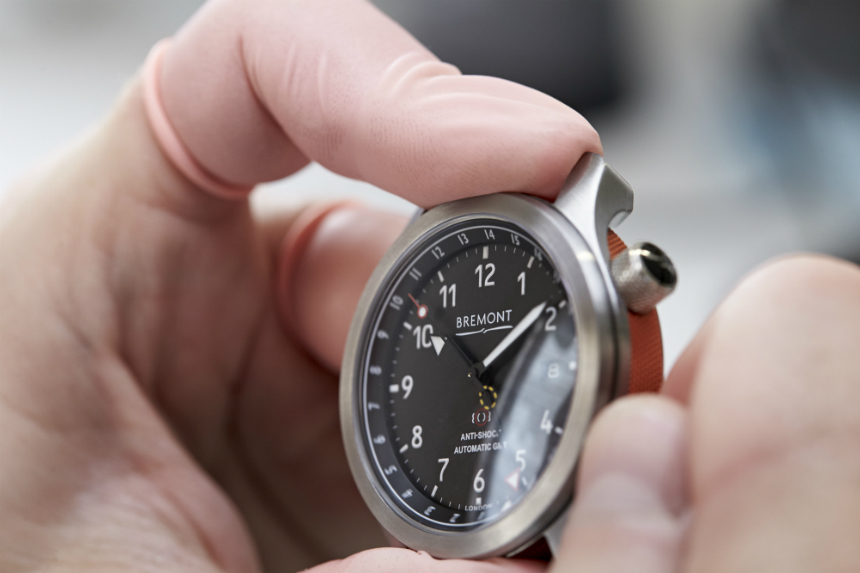 Sponsored Post written by co-founder of Bremont Watches, Nick English.
Sponsored Post written by co-founder of Bremont Watches, Nick English.
It is not completely unexpected to find that the world sets its time by Greenwich and not by Geneva. Whilst Geneva and Switzerland may be producing the vast majority of luxury wristwatches today, this certainly wasn’t always the case. In 1800 half of the world’s watches, around 200,000 pieces a year, were produced on British shores by British watch makers, which is a remarkable statistic. Another wonderful statistic is that probably over 60-70% of the innovations in a modern day mechanical watch has come from Britain, including every major escapement design. Bremont hopes to continue this tradition into the future, but let’s take a look at the history of watchmaking in the UK.
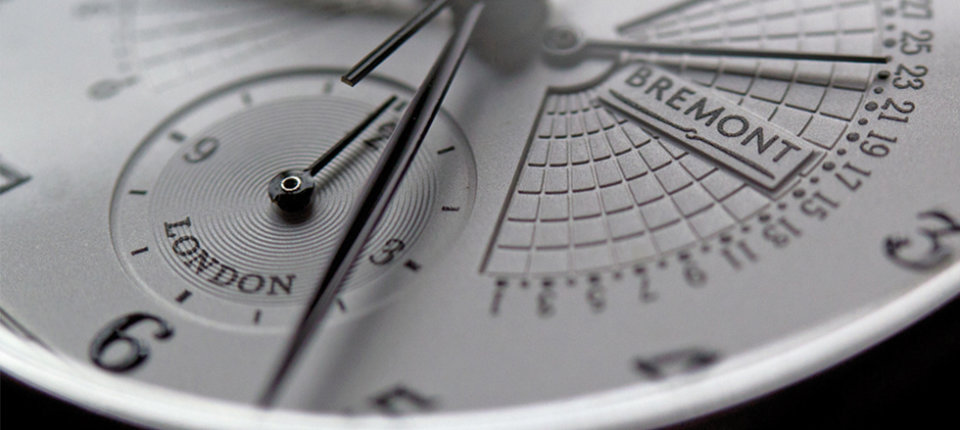
The years from 1650 to 1750 saw unprecedented advances in horology in Britain, but these years were also a great time for scientific and geographical discovery across the rest of Europe and further afield. British clock making was at the centre of many technical advancements and in particular those relating to navigation across the world’s oceans. When Captain James Cook was the first European to discover the east coast of Australia, Hawaii and circumnavigate New Zealand, he used a British chronometer to help him navigate. It was the Yorkshire born clock-maker (and carpenter!) John Harrison who, in 1759, solved the conundrum that had eluded sea captains at sea for hundreds of years – how to determine longitude at sea.
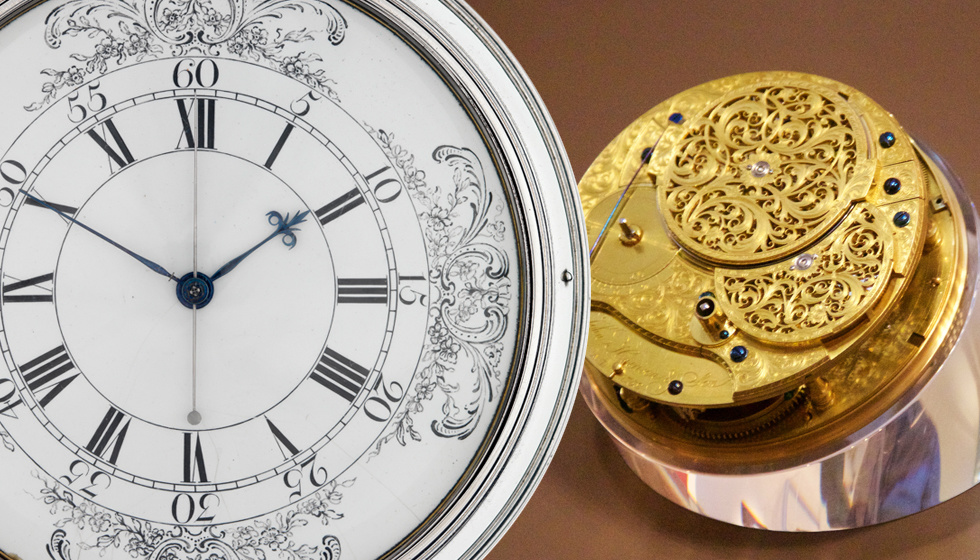
Whilst doing this he came up with a multitude of horological innovations – many of which are still used today. His greatest contribution to the world of horology was the marine chronometer that eventually earned him the lion’s share of the £20,000 prize (offered by Parliament). This clock was perfected after a decade of testing and proved to be incredibly accurate on two transatlantic voyages in the 1760’s. Interestingly enough, at this time, a well made marine chronometer would cost almost a third of the ship she sailed on. Such was their value, that these exceptionally made pieces of British engineering were often shared amongst a group of ships.
Famous British watch making names include Thomas Tompion (1673-1751), George Graham (1763-1751) and Thomas Mudge (1715-1794). In 1755 Mudge gave us the lever escapement that is still widely used today. Tompion is often considered by many to be the father of British clock-making and he worked very closely with Graham during their lifetime as they continued to perfect escapements capable of fitting into slimmer cases. The principal makers of the time tended to congregate in the City of London with Clerkenwell becoming a centre for the industry with disciplines such as escapement making, engine turning, fusee cutting, case-making and movement finishing.
The 200,000 watches made in 1800 had fallen to roughly 100,000 a century later. So what happened? Whilst the British watch makers were still very much engaged in making beautifully crafted watches in an artisan fashion, both Switzerland and the United States were looking into mass manufacture – taking the Henry Ford model of car manufacture and applying it to watch making. Great Britain also had a couple of world wars to occupy it during which much of the skill set used in watch manufacture was poached by the armaments industry, which didn’t help. There was a brief resurgence after World War II with British watch manufacturers like Smith’s, who finally succumbed to the ‘Quartz Revolution’ in the late 1960’s and 1970’s. Interestingly up until the 1960’s England was still chronometer testing watches for the likes of Rolex and Omega certifying them at the Kew Observatory, calling it the “Kew Test”.
So where does that leave the industry now in the UK? Until relatively recently and his passing in 2011, George Daniels was a British horologist who was considered to be one of the greatest watch makers of the 20th century. His watches, which took over 2,500 hours to make, sold for hundreds of thousands of pounds. He only made 37 watches during his lifetime. It was his creation of the co-axial movement for which he will be most remembered, and a design that was patented in 1980. This wonderful design removed the need to use lubricant because the mechanism operated with very low friction. The Swiss brand Omega have since bought the rights to this technology and use it in some of their watches. With his death Daniels passed his workshop equipment over to his apprentice, Roger Smith, who continues to run the workshop on the Isle of Man with a group of specialist watch-makers and producing low numbers of beautifully finished handmade watches per year.
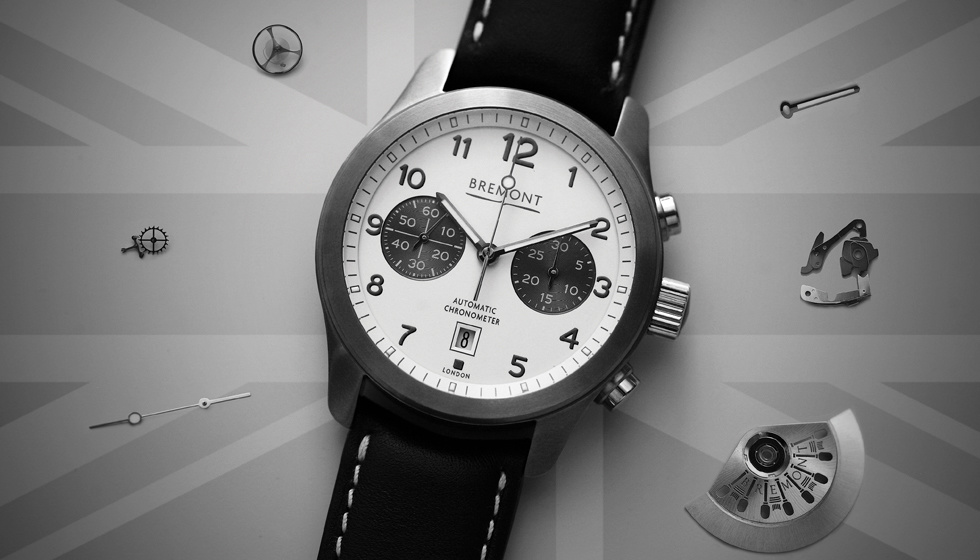
As a brand, Bremont is wholly passionate about bringing ‘industrial scale’ mechanical watch making back to British shores and is under no illusions of how difficult and long a journey this will be to manufacture complete movements in the UK . When I say ‘industrial scale’ I refer to the goal of manufacturing several thousand watches a year in the UK. Bremont started in 2002 with the first watches being launched in 2007, and since this time, there has been a progressive moving over of the necessary horological skill-set to Bremont’s two facilities in the UK. The first drive was to train-up watchmakers by putting an apprenticeship scheme in place and also hire competent watch makers and watch technicians capable of developing, servicing and assembling mechanical watches. This can now be found at Bremont’s workshop in Henley-on-Thames, Oxfordshire.
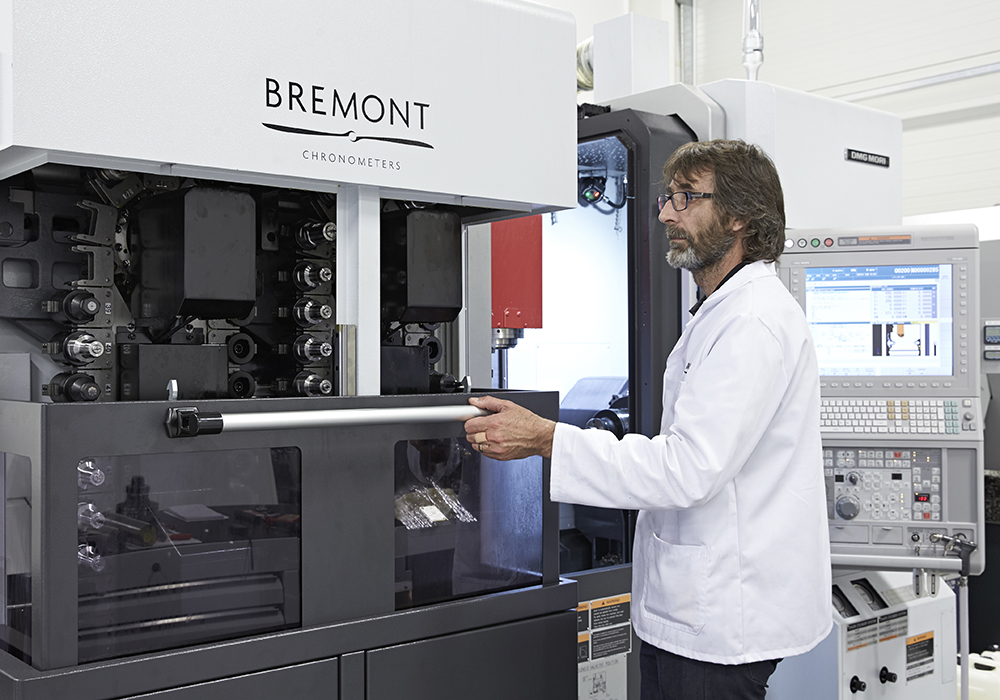
The second was the desire to start manufacturing its own watch parts and bring all the technical design in-house. Bremont now manufactures its own cases and some movement parts at its facility in Silverstone, UK. It is an investment that the brand is immensely proud of in an industry so dependent on Switzerland. Bremont is currently the only watch brand in the UK manufacturing cases and selected watch parts in the UK on any scale (probably since Smith’s in the 1960’s).
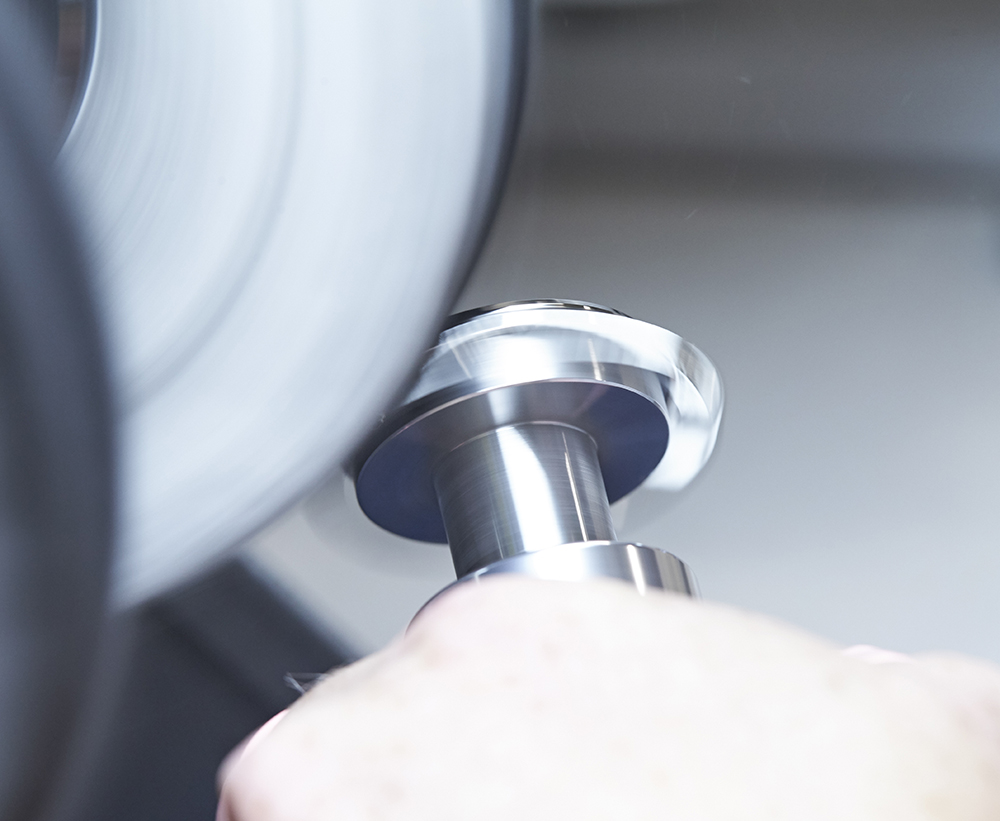
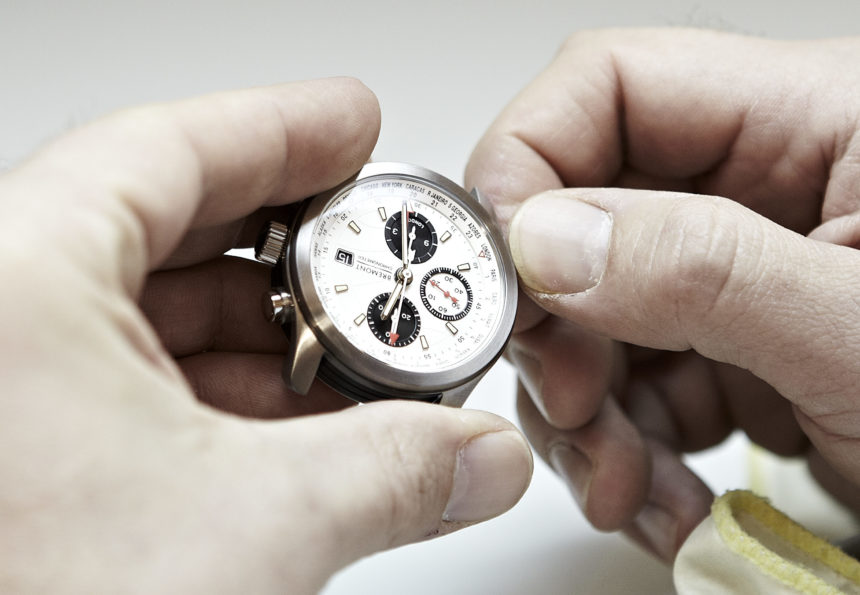
A very small percentage of watch brands make their own cases. Machining and tooling is expensive, and whilst you are manufacturing an engineered part, as in Formula 1 for example, the difference is that the parts not only need to work but they need to be finished flawlessly. Finishing anything to an extremely high standard in quantity is not straight forward and it takes huge amounts of resources in set-up and testing.
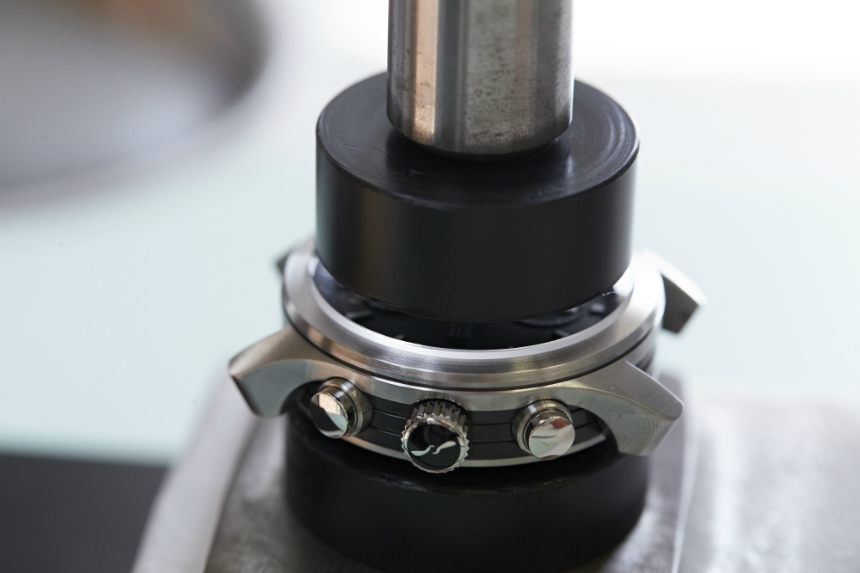
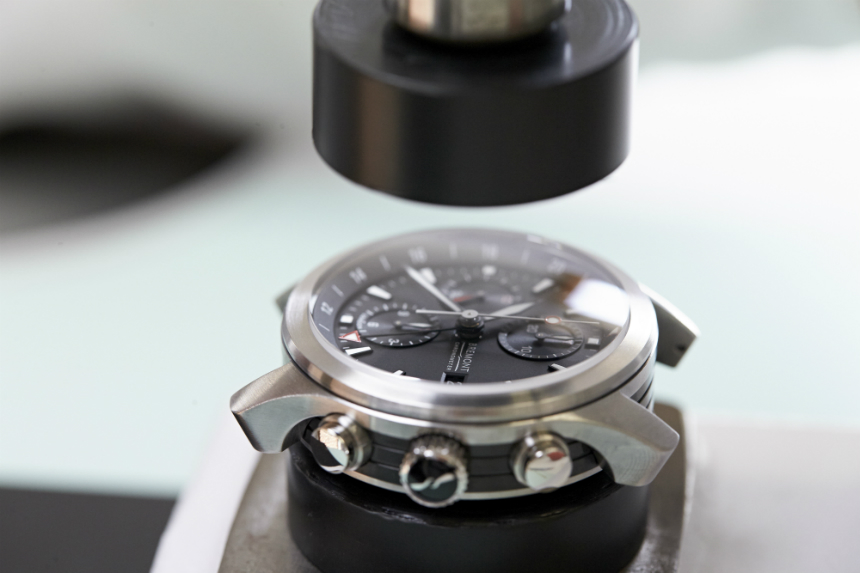
Bremont manufactures the majority of its cases from stainless steel bar. The signature three-piece case for which Bremont has become known, whilst very distinctive and handsome (especially from the side), is relatively complex to machine. Through testing we found that using quality steel bar and ‘11-axis’ mill-turning machines enabled us to produce the case profile needed. These high precision and highly efficient mill-turning centres with their elaborate tool spindles are also used in the medical and aerospace sectors where micron accuracy and finish are also critical. The challenge once you have the machine is finding the skill-set capable of programming and operating the machines.
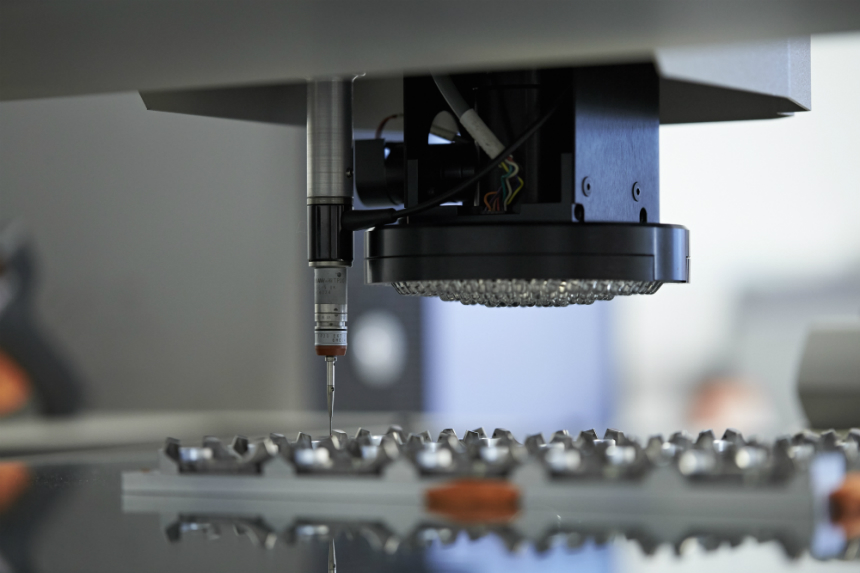
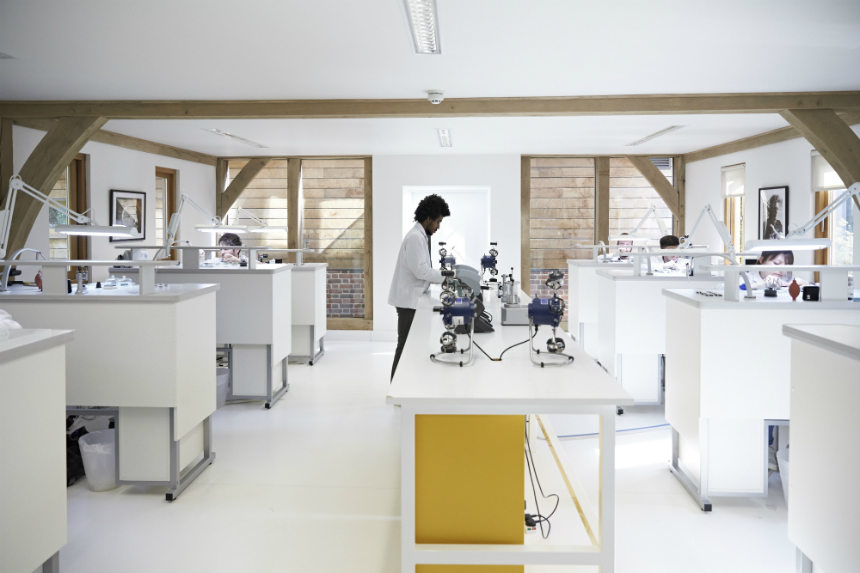
Bremont has had to look at other local industries for much of this skill base, for example the motor-sport and armaments industries. Being based in Silverstone gave us access to a strong Formula 1 motor sport skill base of engineers, CNC machinists, CAD designers, laser engravers, etc. – people who had the core skills that we could retrain for the watch industry. We have also hired from the arms industry where the skill base of engineers in the UK is very strong. Machining components for sniper rifles is a good training ground for the skills we require. Having seen the British watch industry decimated by two world wars and a shift in labour from the watch making to the arms industry, it was a great feeling to see a flow of labour back to watch part manufacture.

